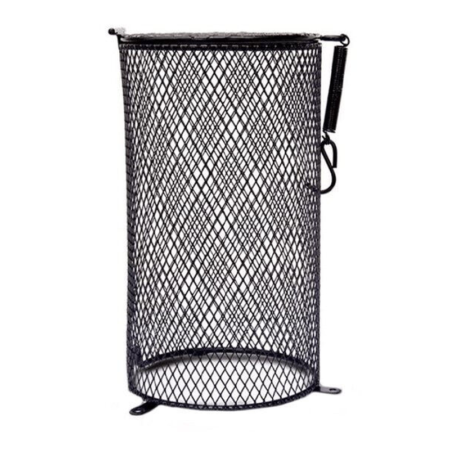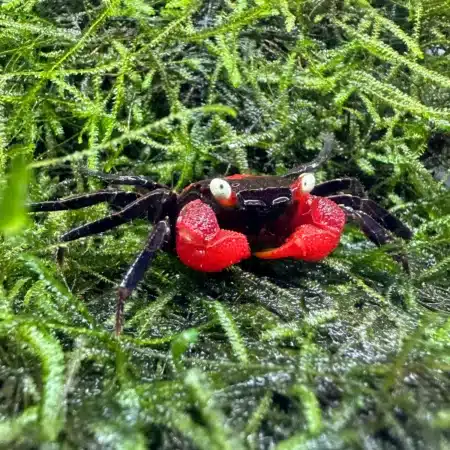-
×
-
×
-
×
-
×
-
×
-
×
-
×
-
×
-
×
-
×
-
×
Purple Vampire Crab - Geosesarma Dennerle - Decapod Crustacean 1 × £7.74
-
×
-
×
-
×
Red Devil Vampire Crab - Geosesarma Hagen - Decapod Crustacean 1 × £8.71
-
×
-
×
6 X 100G Cocktail Shrimp Meat Blister – Shrimp & Salmon Oil Flash-Frozen Cubes, Convenient Blister Pack for Quick Cooking, Perfect for Creating Stunning Shrimp Recipes Effortlessly 1 × £13.00
Subtotal: £514.26











 Purple Vampire Crab - Geosesarma Dennerle - Decapod Crustacean
Purple Vampire Crab - Geosesarma Dennerle - Decapod Crustacean 

 Red Devil Vampire Crab - Geosesarma Hagen - Decapod Crustacean
Red Devil Vampire Crab - Geosesarma Hagen - Decapod Crustacean 
 6 X 100G Cocktail Shrimp Meat Blister – Shrimp & Salmon Oil Flash-Frozen Cubes, Convenient Blister Pack for Quick Cooking, Perfect for Creating Stunning Shrimp Recipes Effortlessly
6 X 100G Cocktail Shrimp Meat Blister – Shrimp & Salmon Oil Flash-Frozen Cubes, Convenient Blister Pack for Quick Cooking, Perfect for Creating Stunning Shrimp Recipes Effortlessly 









Emily Carter (verified owner) –
I’ve been keeping fish for over 5 years, but my recent addition of the Little Cory Corydoras Nanus has been such a delight! These tiny catfish are not just adorable with their light spots, but they are also incredibly hardy and sociable. I introduced a group of 6 into my 20-gallon tank about 2 months ago, and they quickly formed a lovely shoal, scuttling around the substrate in search of food. Watching them interact brings so much joy! They are great at keeping the bottom of the tank clean, too. Compared to other catfish I’ve had, these little guys are much more active and engaging, often playing amongst themselves rather than hiding. My only minor concern is that they do prefer a slightly sandy substrate, as they can be sensitive to sharp edges. But overall, they are perfect for community tanks and will thrive alongside peaceful species. If you’re looking to add some personality to your aquarium, I can’t recommend these little catfish enough. They truly have a vibrant presence and contribute positively to my underwater ecosystem!
Mike Thompson (verified owner) –
I recently added Little Cory Corydoras Nanus to my 30-gallon community tank, and I couldn’t be happier! These small catfish have absolutely brought my aquarium to life with their playful, shoaling behavior. After two months, they’ve settled in wonderfully, and their peaceful nature makes them perfect companions for my other fish. I love watching them explore the bottom of the tank, foraging for food and interacting with each other—it’s like having a mini underwater show right in my living room!
What I appreciate most is their hardiness and the fact that they seem to thrive in a well-maintained aquarium environment. I’ve kept corydoras before, but these little guys stand out due to their unique light spots and charming personalities. Compared to other bottom dwellers, they really enhance the aesthetic and overall peaceful atmosphere of the tank.
If you’re looking for a beautiful addition to your aquarium fish collection, I highly recommend these corydoras! Just ensure you have a soft substrate to protect their delicate barbels and provide plenty of hiding spots. I can’t wait to see how they continue to grow and interact with my other fish!